 Over 80 Sites Significant to Black Georgetown to be Commemorated
Over 80 Sites Significant to Black Georgetown to be Commemorated
Two centuries before Georgetown was entertaining the notion of $1,500/square-foot condos, it was an industrial port town where the brick streets and alley dwellings were frowned upon and enslaved and free Black populations lived in close proximity to both wealthy and poor whites.
Now, an effort is underway to commemorate the neighborhood's wealth of Black history, most of which is hidden in plain sight.
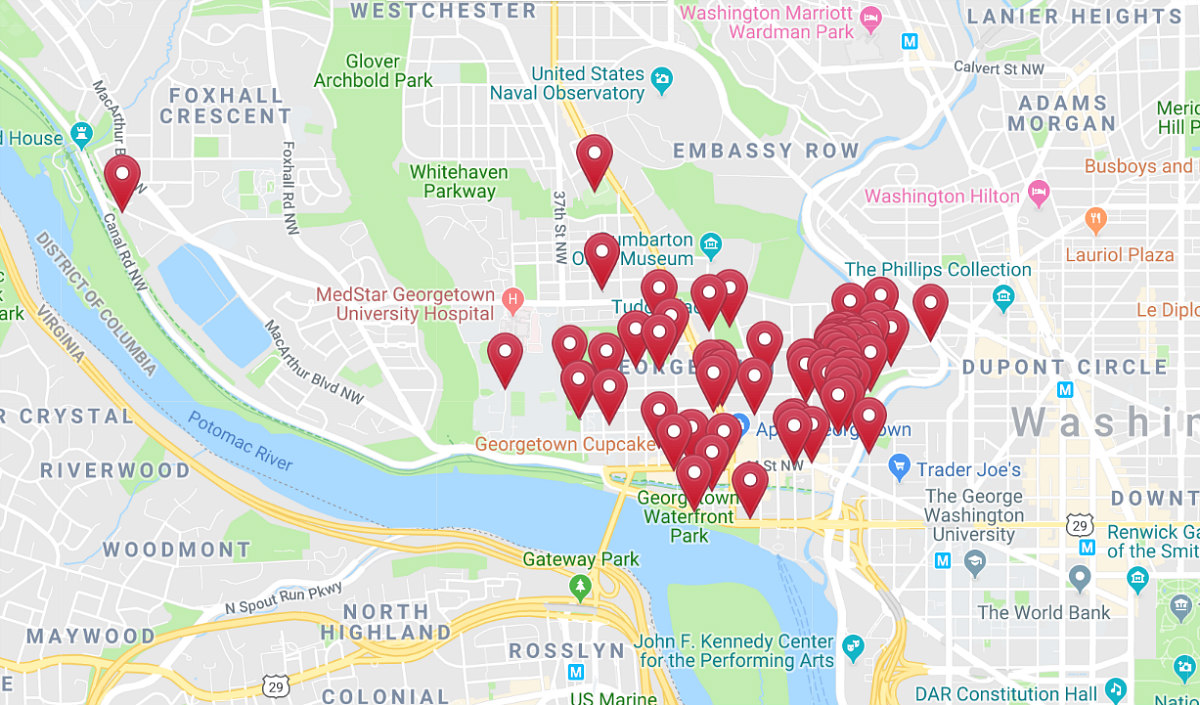
The Georgetown African American Historic Landmark Project (GAAHLP) is endeavoring to document dozens of sites in the neighborhood which provide a window into Black life there. A group led by the 272 Georgetown Community Group and comprised of residents and historians of Georgetown, GAAHLP aims to augment the work already done in existing walking tours and in the book Black Georgetown Remembered.
Currently, GAAHLP's website notes 86 sites and four historic occurrences of cultural significance which will be researched further and honored with informational markers.
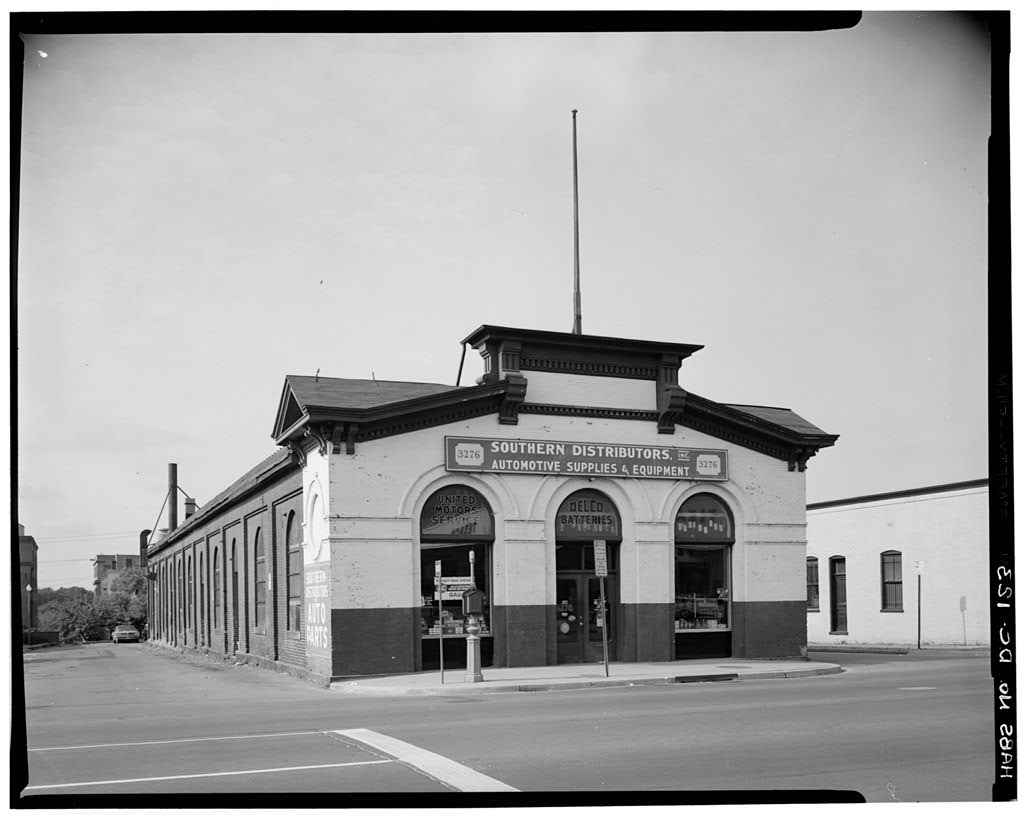
Georgetown's location and former status as a port means that a lot of the highlighted sites have ties to the institution of slavery. A dock at the base of Wisconsin Avenue was the Port of Georgetown, often the first stop after the Middle Passage for enslaved Africans, who would be shepherded off boats and marched to the auction block in the basement of what is now Dean and Deluca.
A number of the sites are on the Georgetown University campus, including a building recently renamed after the first enslaved person sold to finance the institution and the grave-site of Reverend Patrick Healy, former GU president and the first Black president of a major white university (although he passed for white for much of his life).
Over one-third of the sites are in the 15-block Herring Hill area, which was a self-sufficient section of Georgetown interspersed with Black-owned businesses and containing the once-"colored only" Rose Park (which eventually became one of the city's first integrated parks). More than a dozen of the sites housed schools and/or churches, while another two dozen were private residences owned by prominent Black families and individuals.
Some houses doubled as doctor's offices, schools and small shops. For example, Emma Brown opened a school in her house at 30th and P Streets in 1861; in 1864, what became DC's first public school for Black children was moved to the Capitol Hill church attended by generations of this writer's family.
Other, less-location based items on GAAHLP's list include the celebration of the day the enslaved were emancipated in the District (April 19, 1866) and a timely tale from Sojourner Truth's biography of an uncomfortable encounter with a pair of white women as they rode the Georgetown streetcar together.
Concepts for the bronze markers will be reviewed and approved by the Old Georgetown Board and the Commission on the Fine Arts. A marker on the C&O Canal will be considered following finalization of redevelopment plans for the resource. First looks at the markers could be unveiled as early as October. The National Park Service will also offer guided tours of the sites in the near future.
See other articles related to: black history, georgetown, georgetown alleys, historic district, history
This article originally published at https://dc.urbanturf.com/articles/blog/over-80-historic-sites-significant-to-black-georgetown-to-be-commemorated/14399.
Most Popular... This Week • Last 30 Days • Ever

The big news in the development pipeline east of DC's H Street Corridor is the resur... read »

In this article, UrbanTurf looks at the estimated annual maintenance costs associated... read »
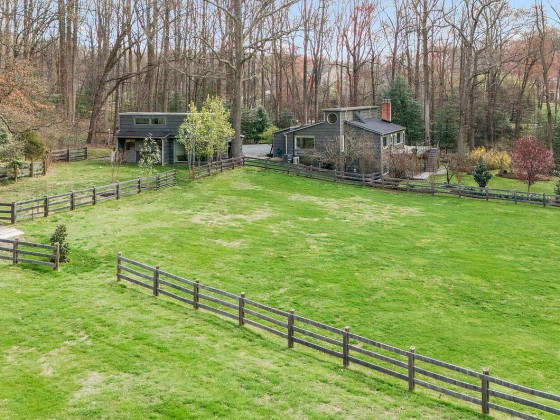
Today, UrbanTurf is examining one of our favorite metrics regarding competition in th... read »
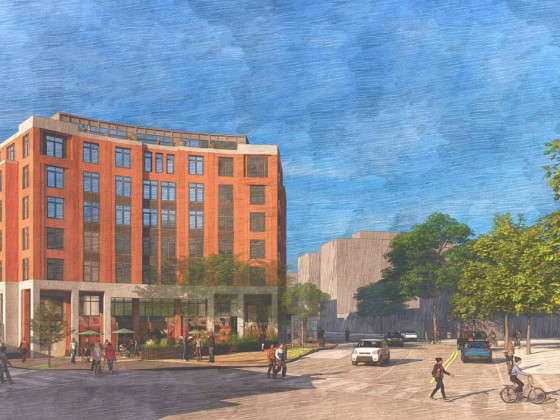
Another concept has been unveiled for one of DC's most contentious development sites,... read »
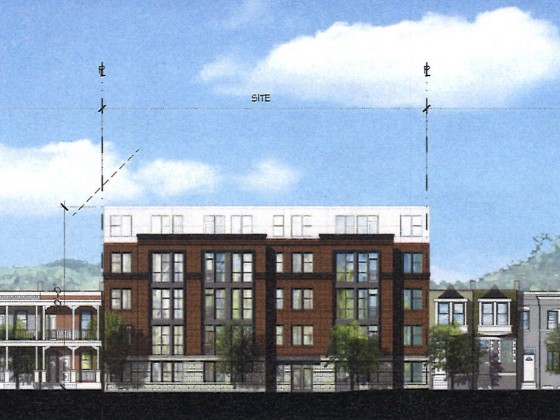
The residential development in the works along Florida Avenue NE is looking to increa... read »
- The 4 Projects In The Works Near DC's Starburst Intersection
- What Are the Annual Maintenance Costs When You Own a Home?
- The 6 Places In The DC Area Where You Aren't The Only One Bidding On a Home
- A First Look At The New Plans For Adams Morgan's SunTrust Plaza
- 46 to 48: The Biggest Project In Trinidad Looks To Get Bigger
DC Real Estate Guides
Short guides to navigating the DC-area real estate market
We've collected all our helpful guides for buying, selling and renting in and around Washington, DC in one place. Start browsing below!
First-Timer Primers
Intro guides for first-time home buyers
Unique Spaces
Awesome and unusual real estate from across the DC Metro












